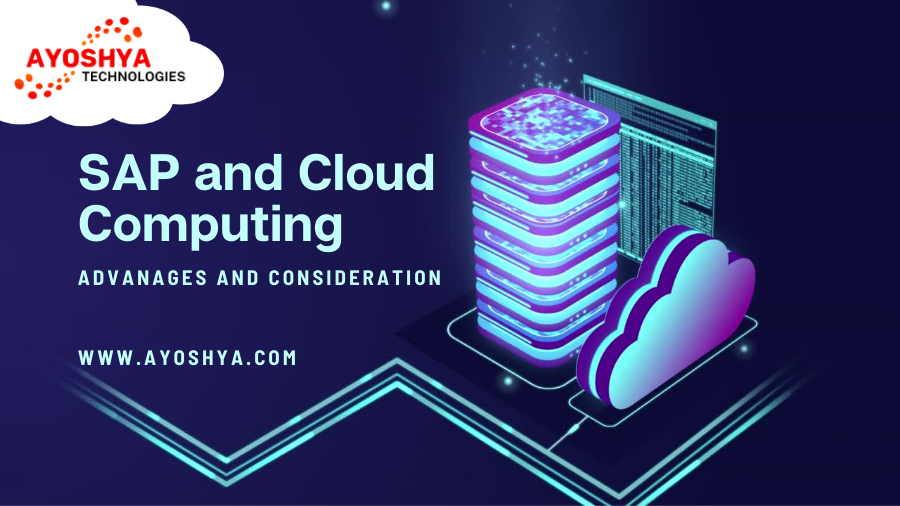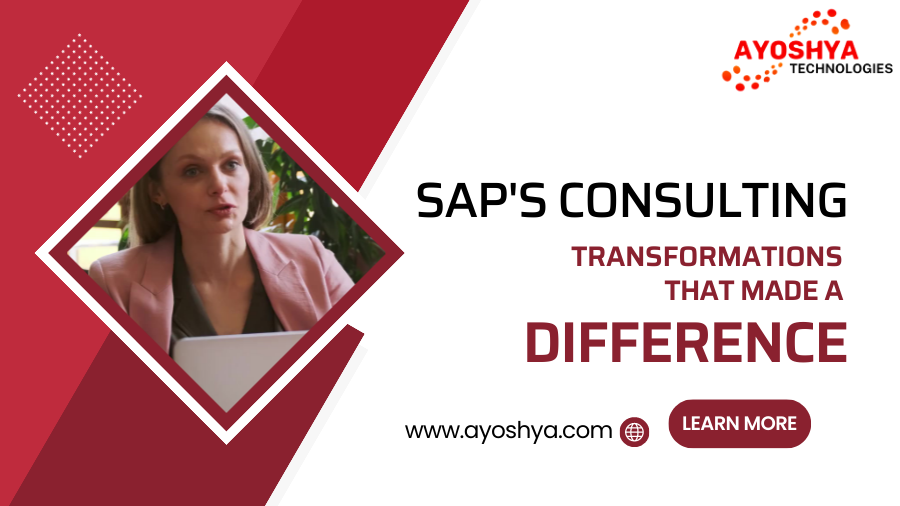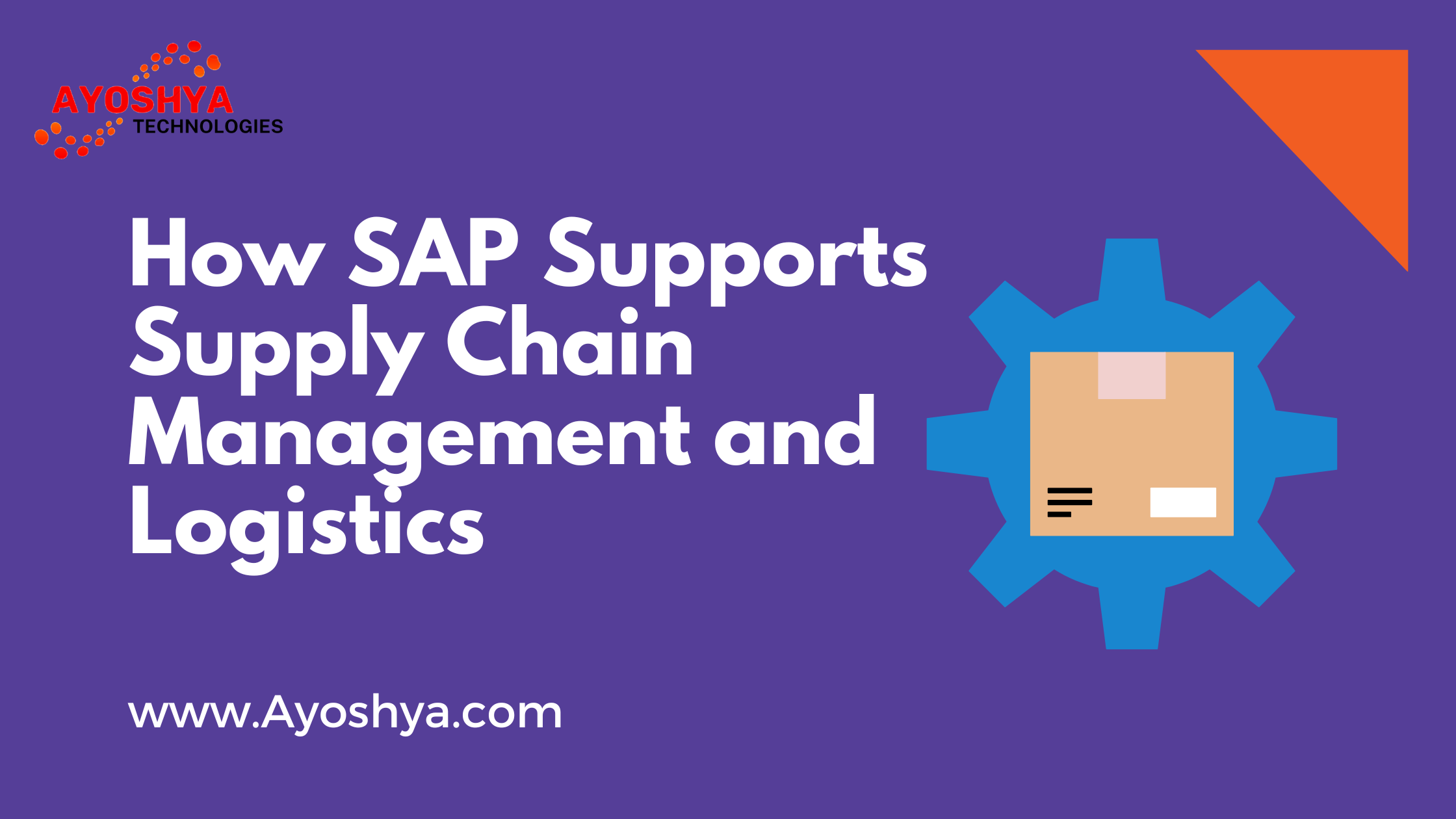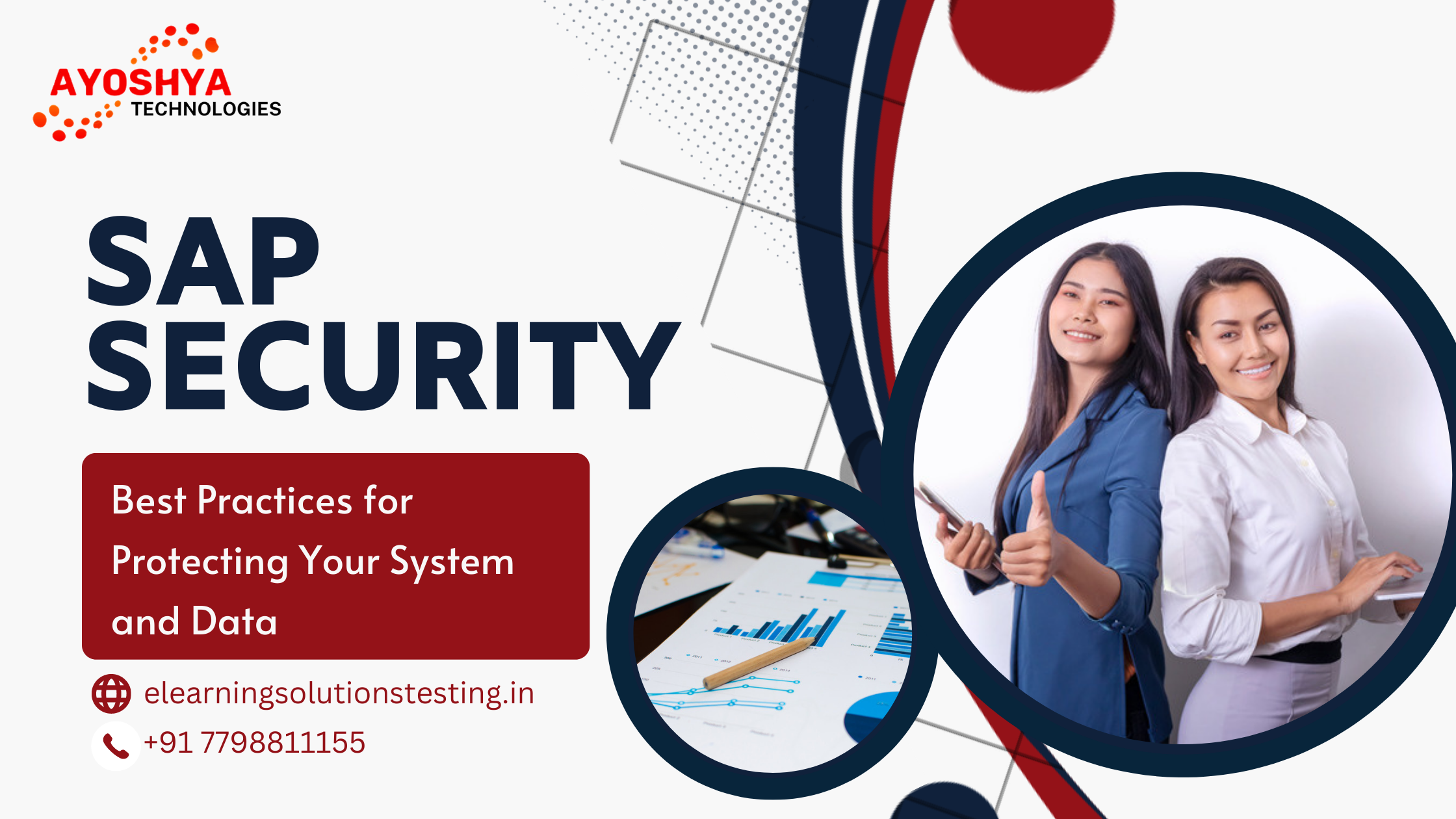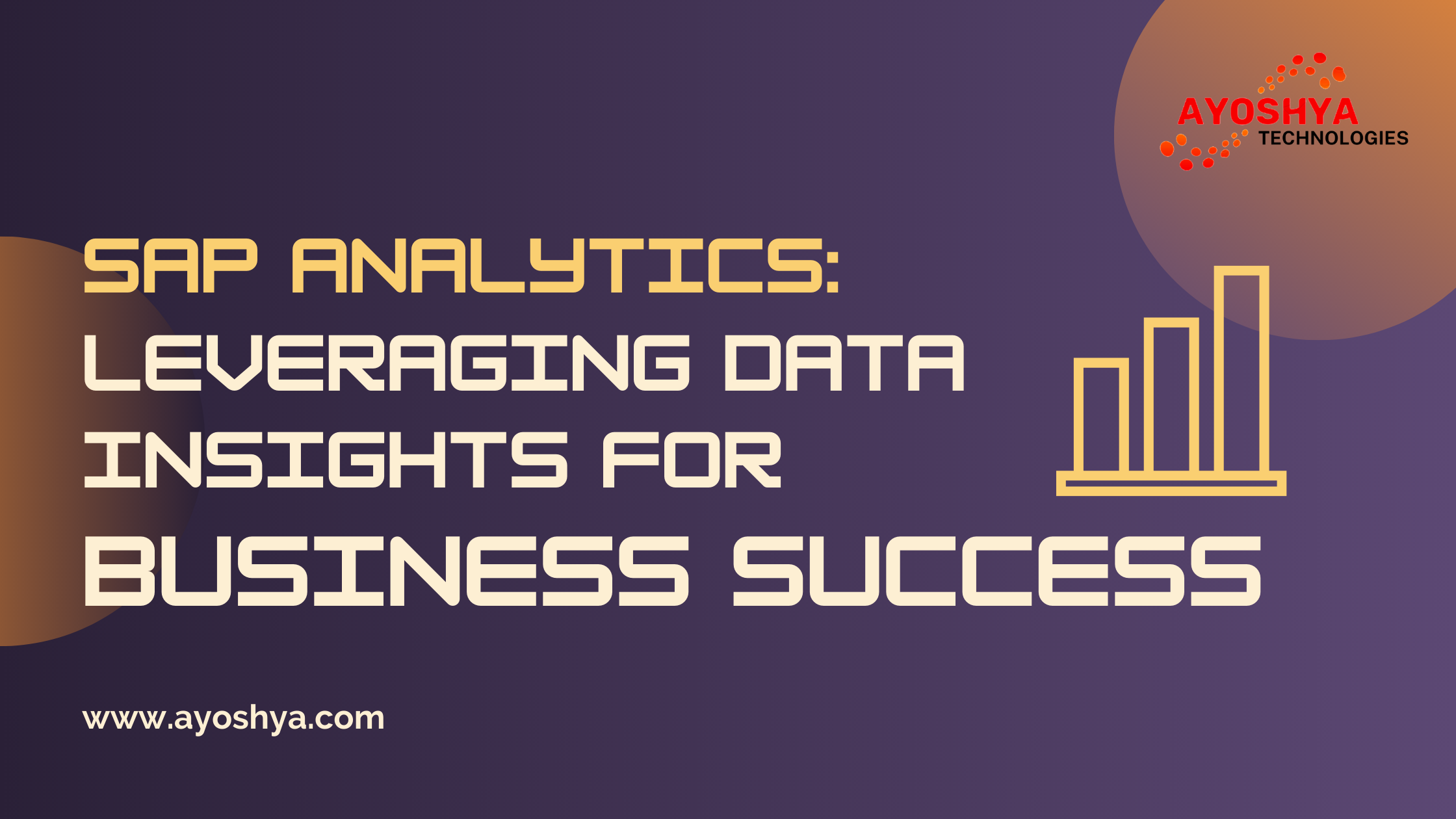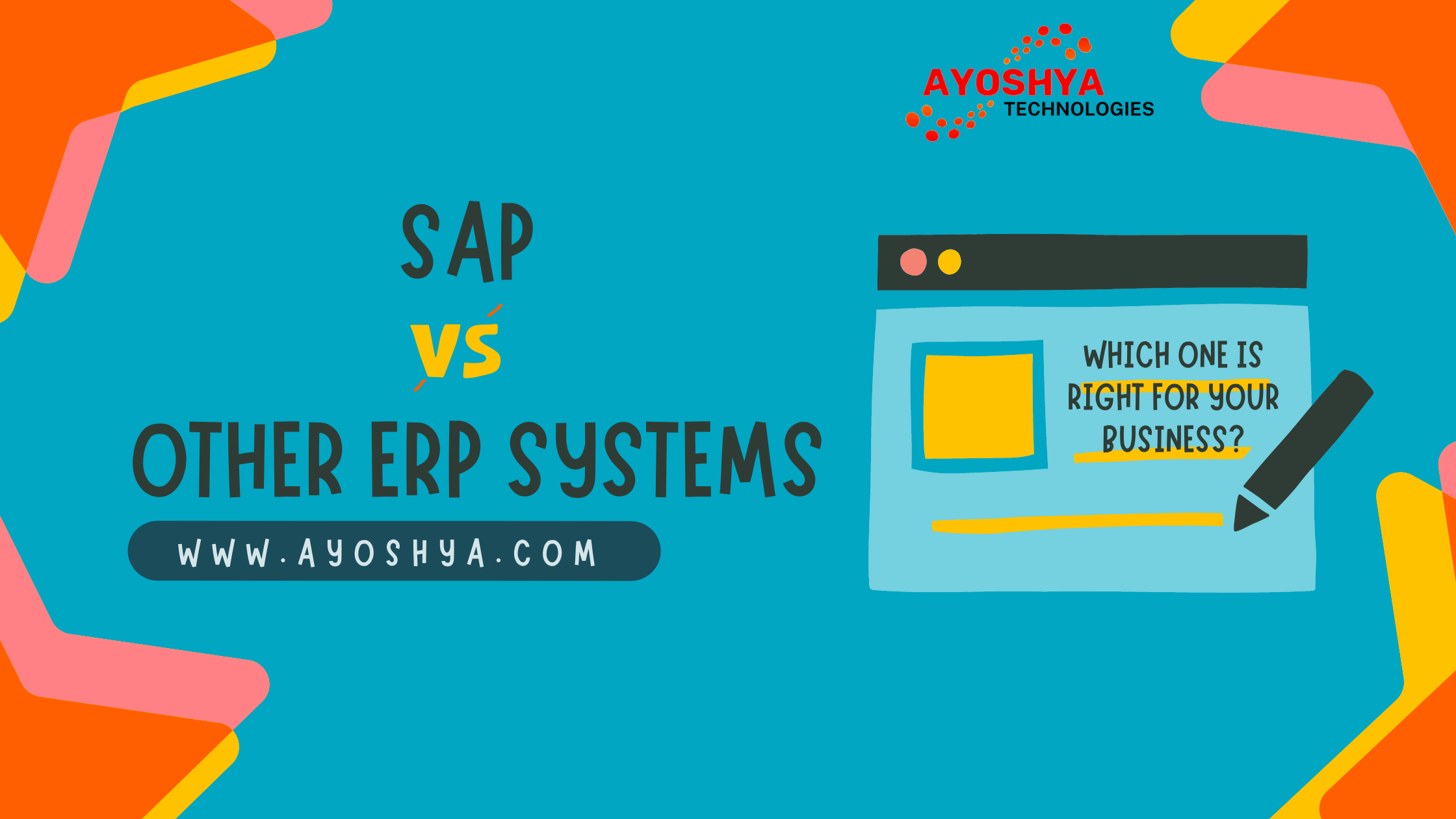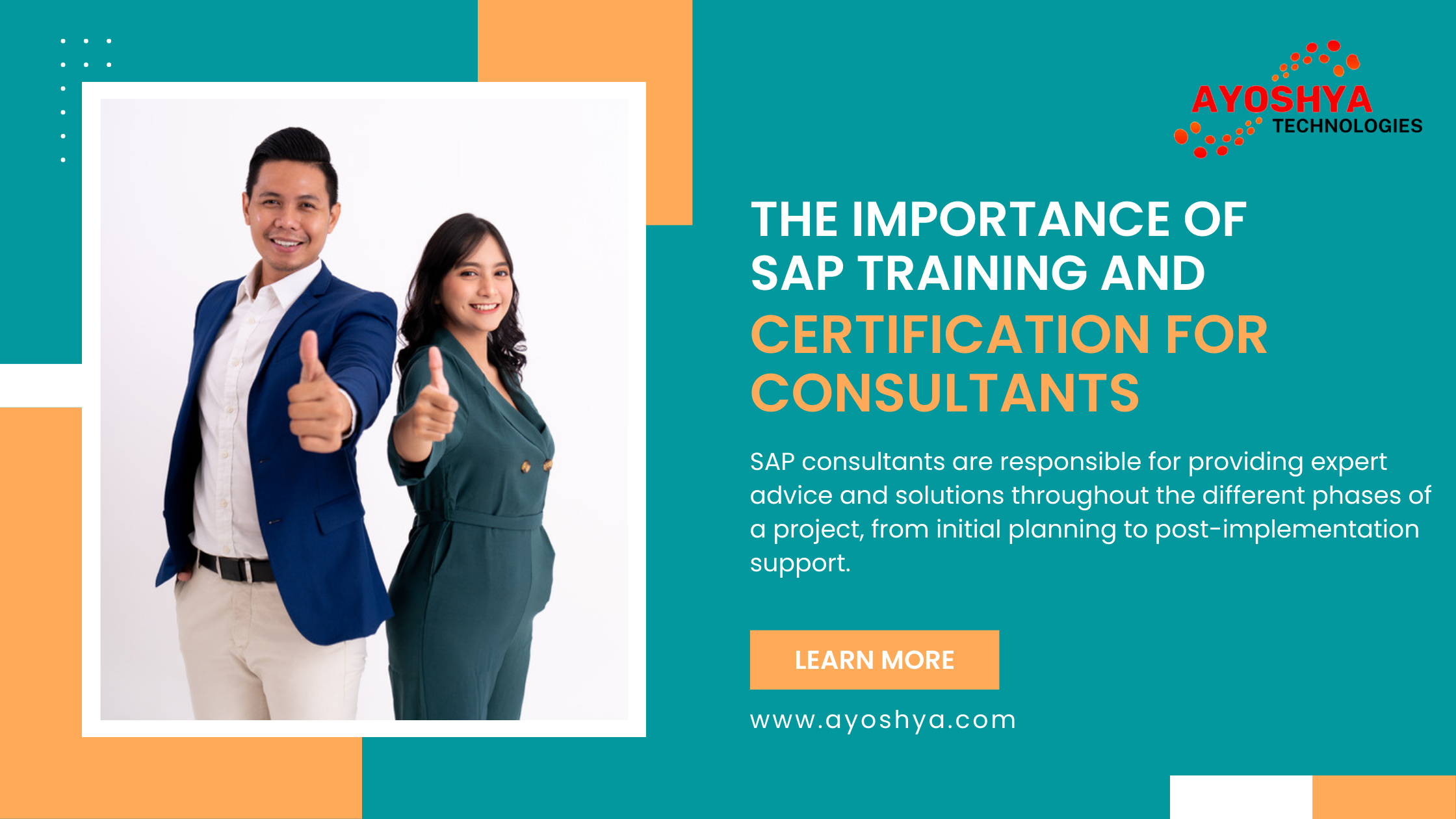What are the top challenges faced by SAP consultant and how can they be overcome?
SAP consultant plays a pivotal role in helping organizations optimize their business processes and streamline their operations using SAP software solutions. However, the road to success in this field is not without its obstacles. In this article, we will explore the top challenges faced by SAP consultant and provide valuable insights on how to overcome them.
Lack of Up-to-Date Knowledge of SAP consultant
In the ever-evolving landscape of technology, SAP solutions are continuously updated to incorporate new features and functionalities. SAP consultant often struggle to keep up with these changes, leading to outdated knowledge that can hinder their ability to provide optimal solutions.
Solution: Continuous learning is key. Regularly attending training sessions, webinars, and reading industry publications can help SAP consultant stay informed about the latest developments.
Complexity of SAP Solutions
SAP solutions are renowned for their robustness, but they can also be complex to implement and customize. Navigating through intricate configurations and modules can be daunting.
Solution: Acquiring a deep understanding of the specific SAP modules they work with is crucial. Consultants should break down complex processes into manageable steps and seek assistance from experienced colleagues when needed.
Integration Challenges
Integrating SAP solutions with existing systems can be challenging. Ensuring seamless data flow between different platforms requires careful planning and execution.
Solution: A comprehensive integration strategy is essential. SAP consultant should collaborate closely with the IT team to ensure data consistency and smooth integration.
Resistance to Change of SAP Consultant
Implementing SAP solutions often necessitates changes in established workflows. Resistance from employees who are accustomed to the old ways of working can pose a significant challenge.
Solution: Effective change management is vital. Consultants should communicate the benefits of the new system, offer training, and involve key stakeholders in the decision-making process.
SAP Consultant Client Communication and Expectations
Understanding client requirements and expectations can sometimes be a complex task. Miscommunication can lead to projects going off track.
Solution: Regular communication and active listening are essential. Consultants should maintain open channels of communication and clarify expectations to ensure alignment.
Tight Project Timelines
SAP projects often come with tight deadlines. Consultants need to deliver high-quality solutions within limited timeframes.
Solution: Effective project management is critical. Breaking down projects into phases, setting milestones, and closely monitoring progress can help consultants meet deadlines.
Data Migration Issues
Migrating data from legacy systems to SAP solutions can be riddled with challenges, including data loss and inconsistencies.
Solution: Thoroughly assessing data before migration is essential. Consultants should validate data quality, clean up redundant information, and perform rigorous testing.
SAP Consultant Customization Challenges
Customizing SAP solutions to meet specific client needs requires in-depth technical knowledge and creative problem-solving skills.
Solution: Consultants should explore SAP’s customization capabilities thoroughly and work closely with developers to achieve tailor-made solutions.
Balancing Technical and Business Knowledge
SAP consultant need to possess both technical expertise and an understanding of business processes. Striking the right balance can be tricky.
Solution: A well-rounded skill set is essential. Consultants should invest time in understanding the client’s industry and business requirements.
SAP Consultant Resource Constraints
Limited resources, including budget and manpower, can impact the successful execution of SAP projects.
Solution: Consultants should work closely with clients to prioritize project components and allocate resources effectively.
Continuous Learning and Certification
The SAP ecosystem is vast and dynamic, requiring consultants to stay updated with new certifications and skills.
Solution: Dedicate time to ongoing learning and pursue relevant certifications. This not only enhances expertise but also boosts credibility.
Dealing with Diverse Clientele
SAP consultant may work with clients from various industries, each with unique challenges and requirements.
Solution: Adaptability is key. Consultants should be ready to learn about different industries and customize solutions accordingly.
Managing Scope Creep
Scope creep, where project requirements expand beyond the initial plan, can lead to delays and budget overruns.
Solution: Consultants should establish clear project scopes and ensure that any changes are thoroughly evaluated and documented.
Staying Updated with Industry Trends
Staying current with the latest trends and best practices in the SAP industry is essential for success.
Solution: Consultants should follow SAP forums, attend conferences, and engage in discussions to remain informed.
Conclusion
While SAP consulting comes with its share of challenges, these can be overcome with the right strategies and a commitment to continuous improvement. Navigating the complexities of SAP solutions requires a blend of technical proficiency, business acumen, and effective communication. By addressing these challenges head-on and adapting to changing dynamics, SAP consultant can deliver exceptional value to clients and thrive in the ever-evolving technology landscape.
FAQs
Q1: How can SAP consultant keep up with evolving technology?
A: SAP consultants can stay up to date by attending training sessions, participating in webinars, and engaging in continuous learning. They should also explore new certifications to enhance their skill set.
Q2: What skills are essential for a successful SAP consultant? A: A successful SAP consultant needs a blend of technical skills, industry knowledge, project management expertise, and effective communication skills.
Q3: How do SAP consultants handle project scope changes?
A: SAP consultants should establish clear project scopes from the start and carefully evaluate any proposed changes. Changes should be documented, and their impact on timeline and budget should be assessed.
Q4: Is industry-specific knowledge important for SAP consultants?
A: Yes, industry-specific knowledge is crucial. SAP consultants should understand the unique challenges and requirements of different industries to provide effective solutions.
Q5: What role does teamwork play in SAP consulting?
A: Teamwork is essential in SAP consulting. Consultants often collaborate with various stakeholders, including clients, developers, and project managers, to ensure successful project outcomes.





